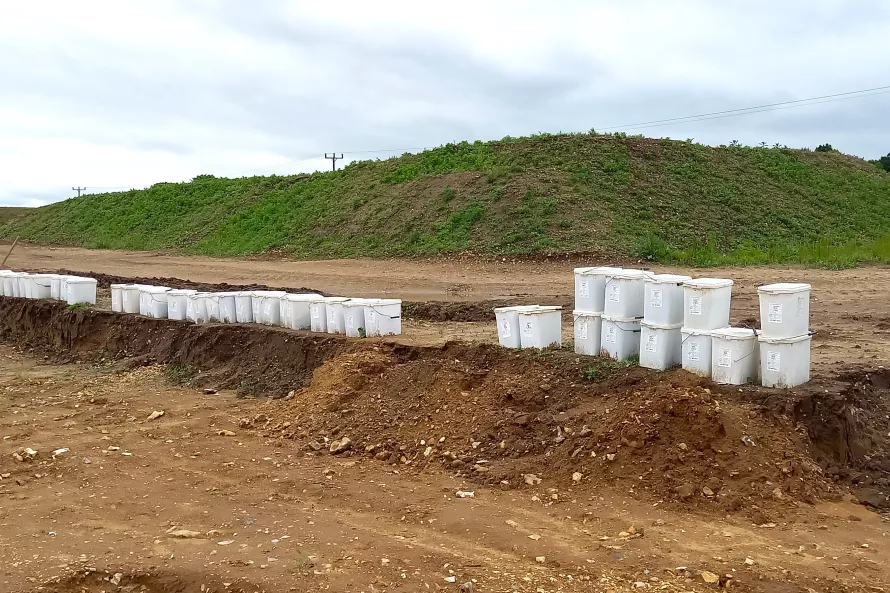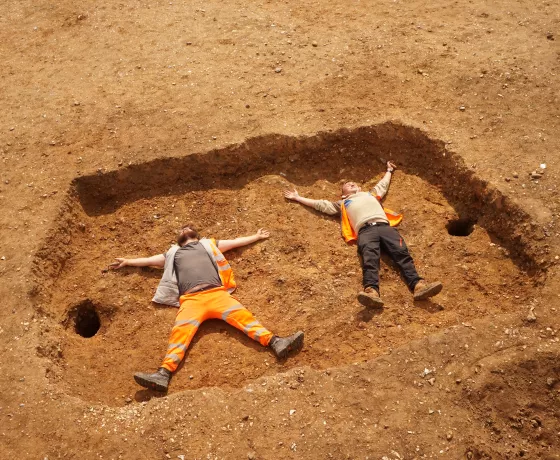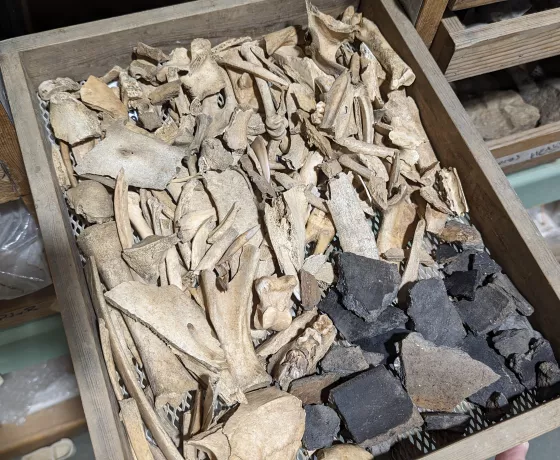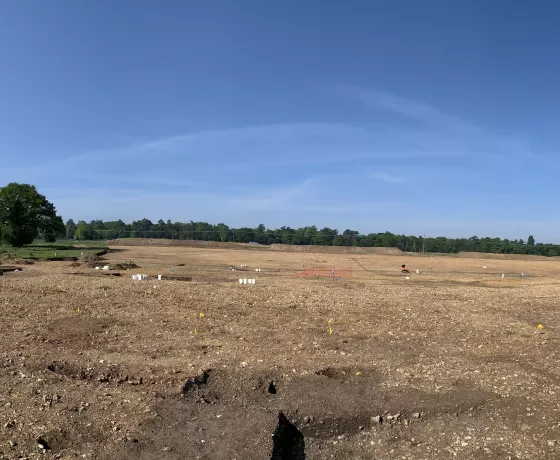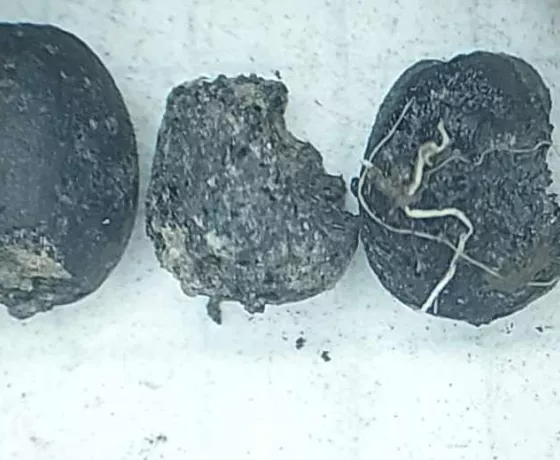Finding what other people miss
This week we’re shining a light on another aspect of the work that we do: environmental archaeology. So here’s Robin from our environmental team to tell you more.
Archaeology, as archaeologists will tell you, produces very exciting results, but is often done in peculiar and rarely dignified ways. Unfortunately, for most of us, our lives more resemble Hobbits (or some other quiet/hard working fictional character) rather than Indiana Jones! And unlike the singular Indiana Jones, our jobs tend to be like termites or ants, each producing a tiny clue to help piece together our understanding of the past.
Every member of staff is vital to understanding archaeological sites like Abbot’s Vale. Most people will be familiar with the field staff; iconic in their high vis, hard hats, mattocks and trowels. They are the backbone of archaeology, if they weren’t there, nothing would ever get done!
Some may have heard of the more specialised roles such as Osteologists (skeleton people) or seen a pottery specialist on Time Team. Here we will introduce you to Environmental Archaeology, which is a lesser-known branch (pun intended) of the greater archaeological tree. An environmental archaeologist’s job is to find what other people miss; from the tiniest of mouse bones to someone’s No Good Very Bad Morning of burning their porridge – none of which anyone has a chance of seeing when it’s in the soil!
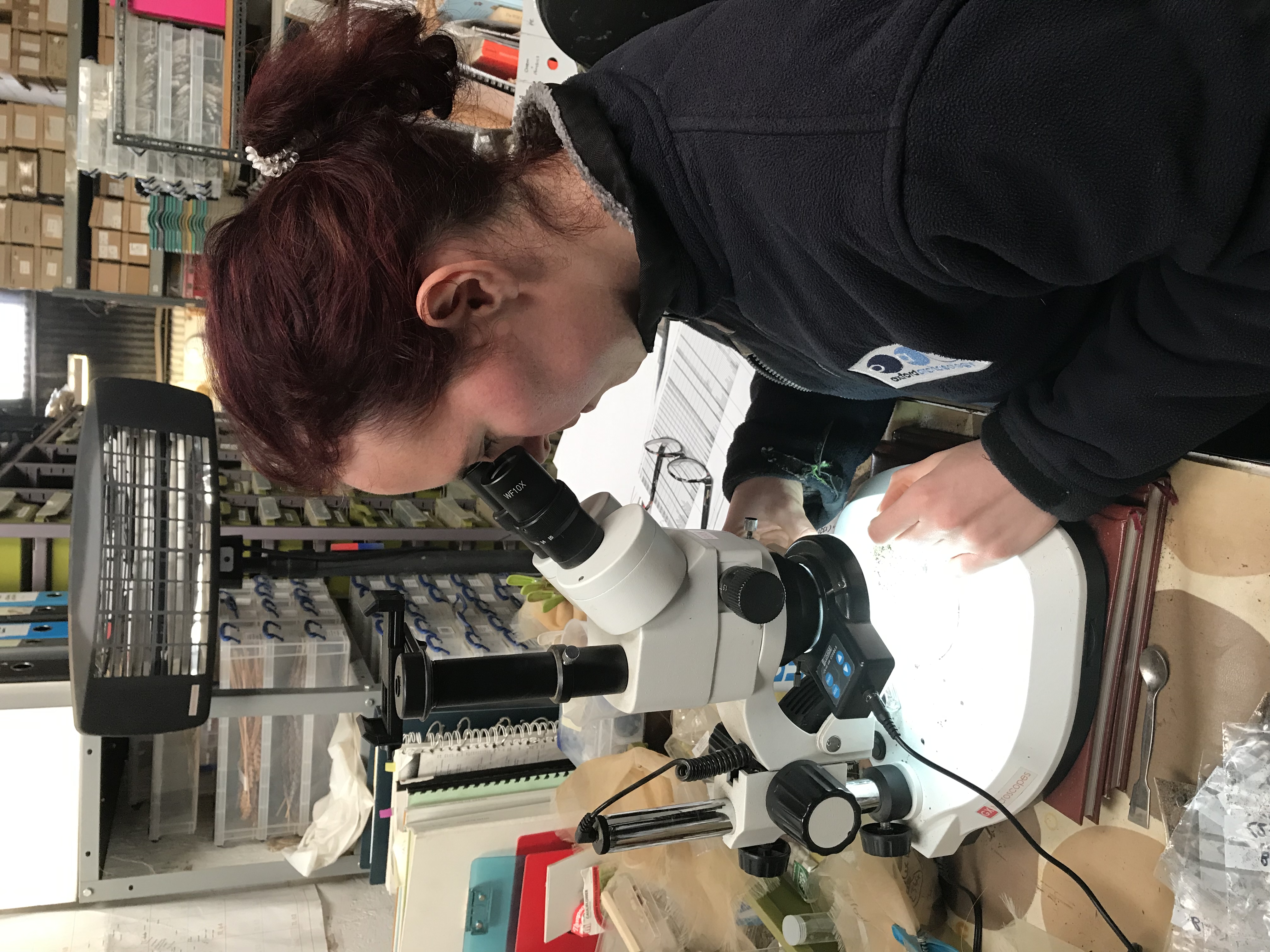
An environmental archaeologist looking through a microscope.
Secreted away in an old WW2 aircraft hangar in Bourn, the Enviro team spend most of our days up to our eyebrows in mud…most of the time quite literally! We do one of the more peculiar roles in archaeology; ferreting out the tiny crucial pieces of evidence that just cannot be seen on site: seeds, charcoal and snail shells. It doesn’t sound very exciting, but I promise you we do enjoy it!
So, what even is environmental archaeology? Really, it’s exactly what it says on the tin, the study of the environment of a site at the time it was used. It can tell you all sorts of things about what people did in the past; from what the Romans ate, to Stone Age trade networks, what sorts of weeds they had in medieval gardens and how the Anglo-Saxons brewed their beer! Our very clever archaeobotanists (archaeological plant people) can potentially tell all of this from a handful of charred seeds.
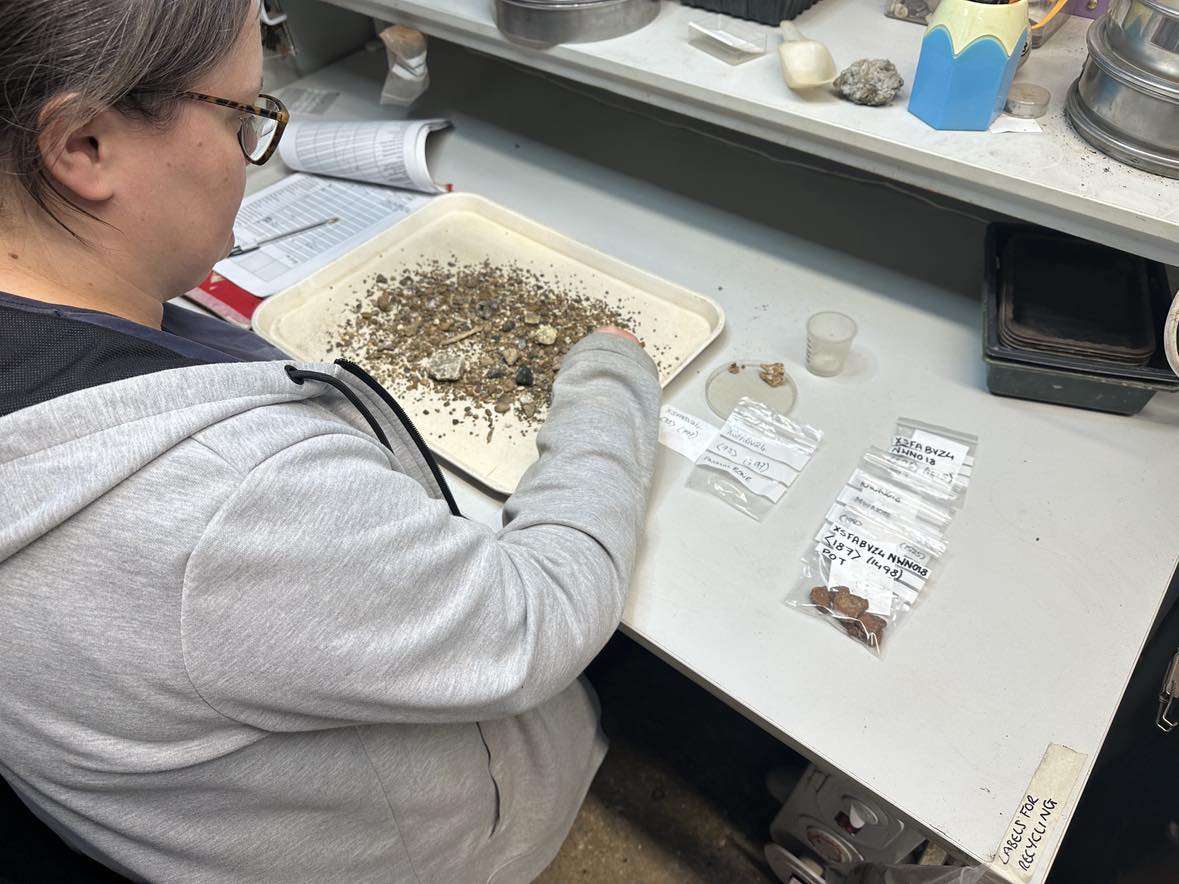
Environmental archaeologist looking through the residue left after processing a sample to find small arte- and eco-facts.
How do we even find things like that? When digging feature, the field staff will fill a bucket with some of the soil they remove and bring it back to us so we can look for artefacts and ecofacts. Artefacts are the items that people make – pots, stone tools, clay pipes, that sort of thing. Ecofacts are the naturally occurring things that exist alongside people, charcoal, nuts, snails etc. This is what the archaeobotanists will look at.
There are three things in a sample: mud, artefacts and ecofacts. Soil particles are very fine, ecofacts float and artefacts will not; so, using what amounts to a very small jacuzzi (what we call a tank), we can wash the soil off the interesting bits. We put all the soil into a very big piece of mesh (a bit like a very big cheese cloth or coffee filter) in our tank, turn on the ‘jacuzzi’ and get to work getting rid of the mud. The mud will sink through the mesh to the bottom of the tank and the water causes the ecofacts to float to the surface, which we then collect in a sieve. The small amount of gravel that is left can be removed from the mesh, dried and then someone can pick out any artefacts that remain.
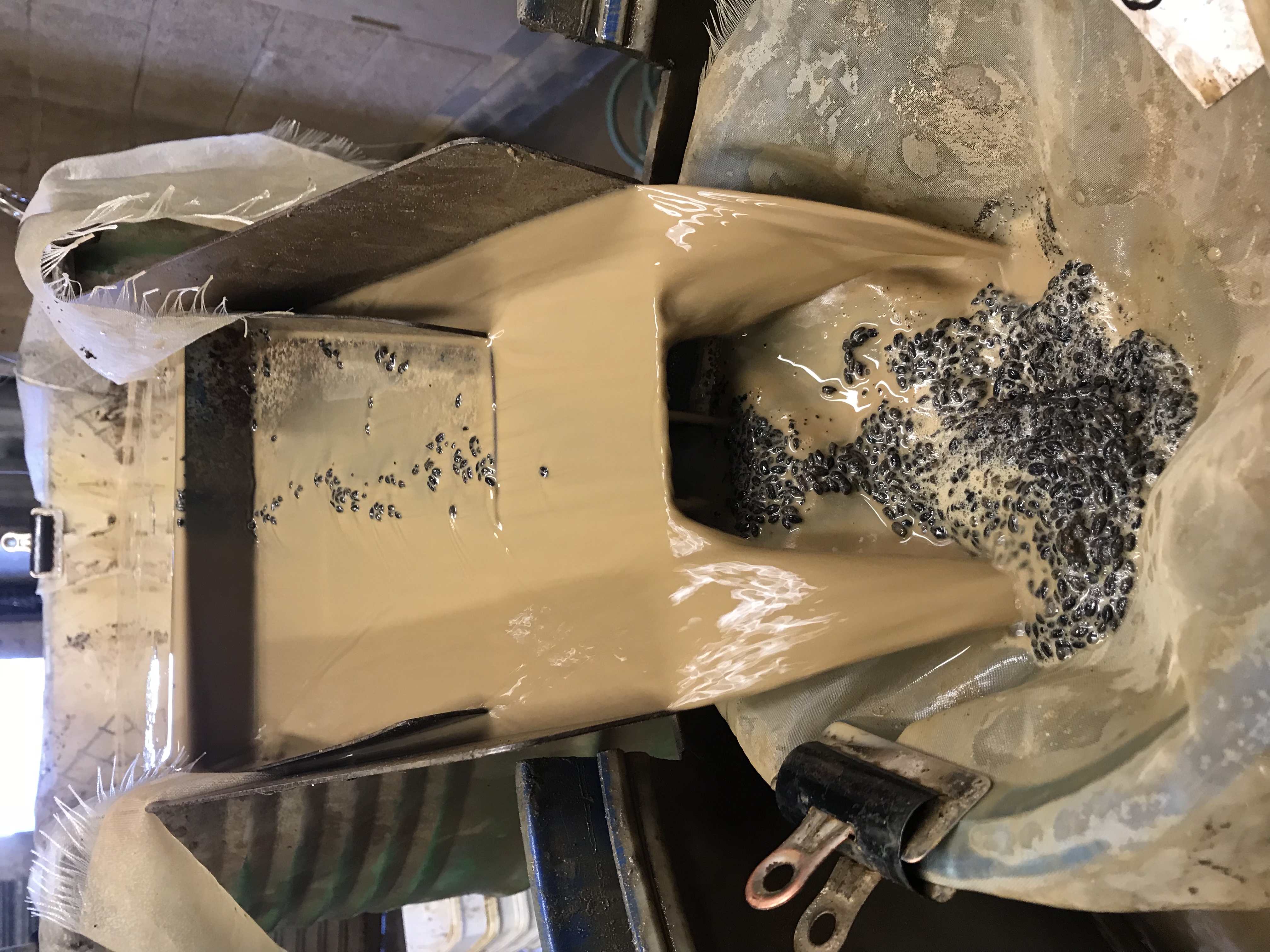
Flotation in action.
Due to early indications of how exciting and unusual the archaeology of Abbot’s Vale would be, some soil samples were brought back to be processed as the site was ongoing. Most of these samples will be processed once excavation has been completed on site but some have been processed to provide feedback about the best places to concentrate the taking of samples. From these feedback samples we have found a few things.
There are indications of unusual (in location and relative size of cremation features) Bronze Age cremation practices on site. Waste products from stone tool making might suggest that the people who created the ring ditches and henges may have either lived very close by or stayed in these spaces for extended periods. During the late Roman and Early Saxon periods, samples have produced indications of metalworking taking place on site. And the Anglo-Saxon SFBs have been producing further indications of metalworking and small glimpses into daily life in the form of small rodent bones, likely pests intent on raiding larders and sleeping in the nice cozy thatched rooves. So all in all, the soil samples are keeping us very busy!
Other posts in this collection
Read our latest posts about the investigations at Abbot's Vale.

